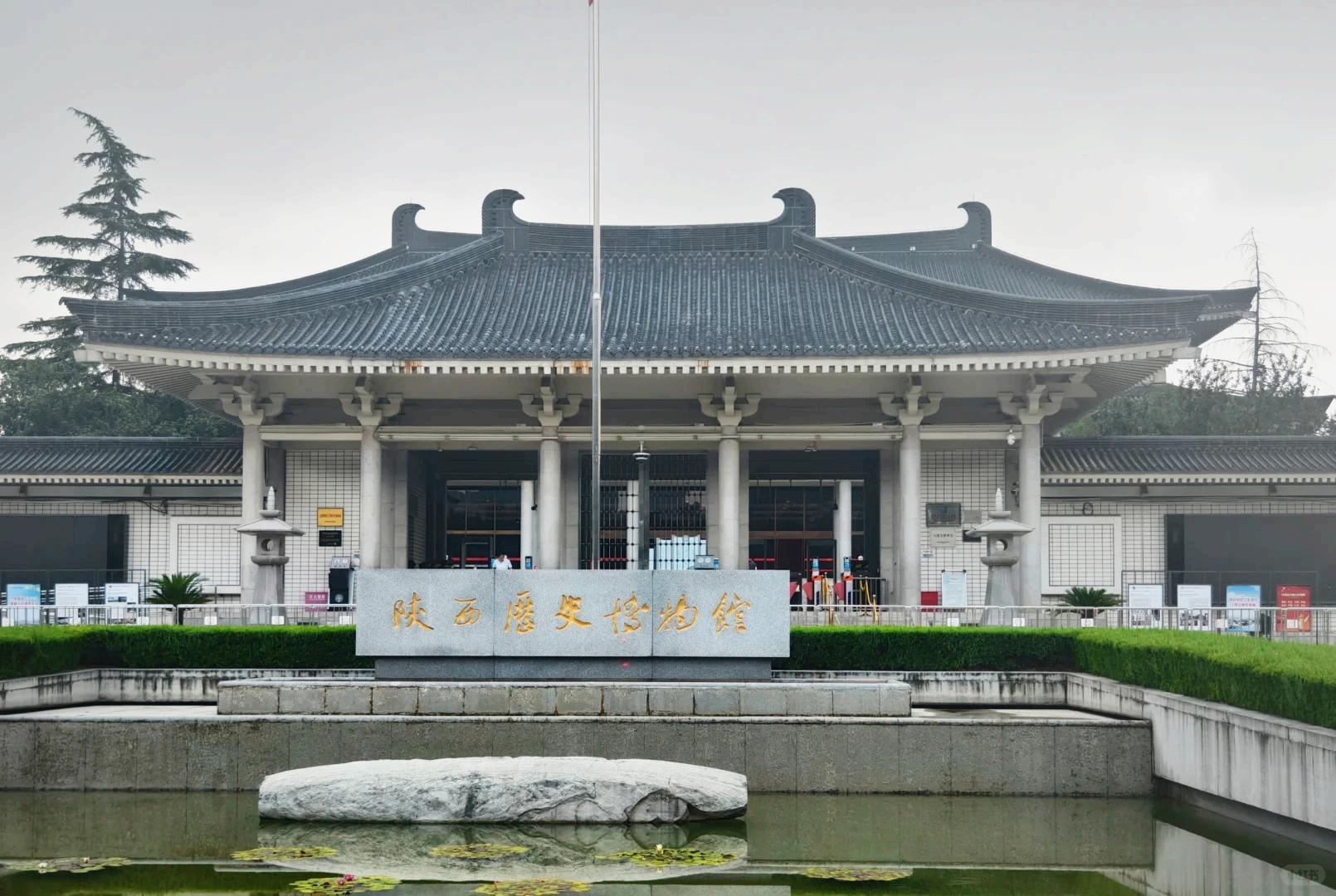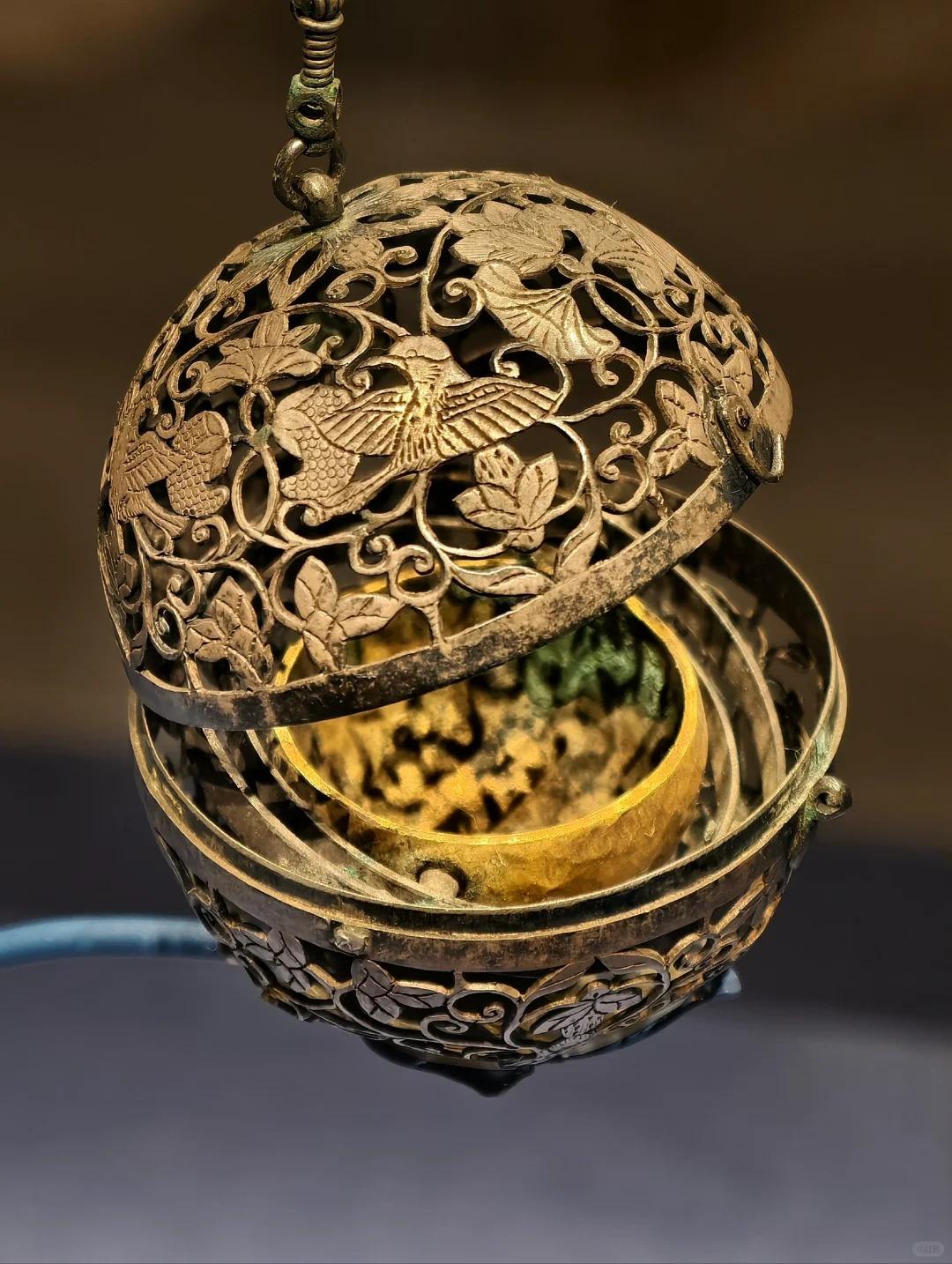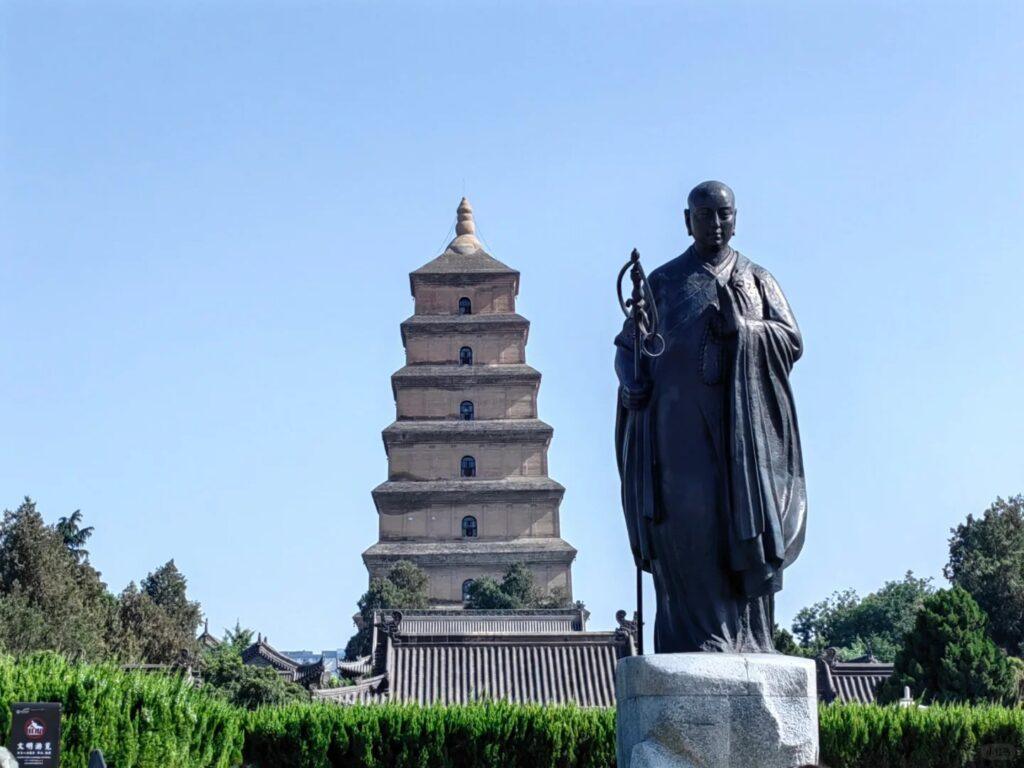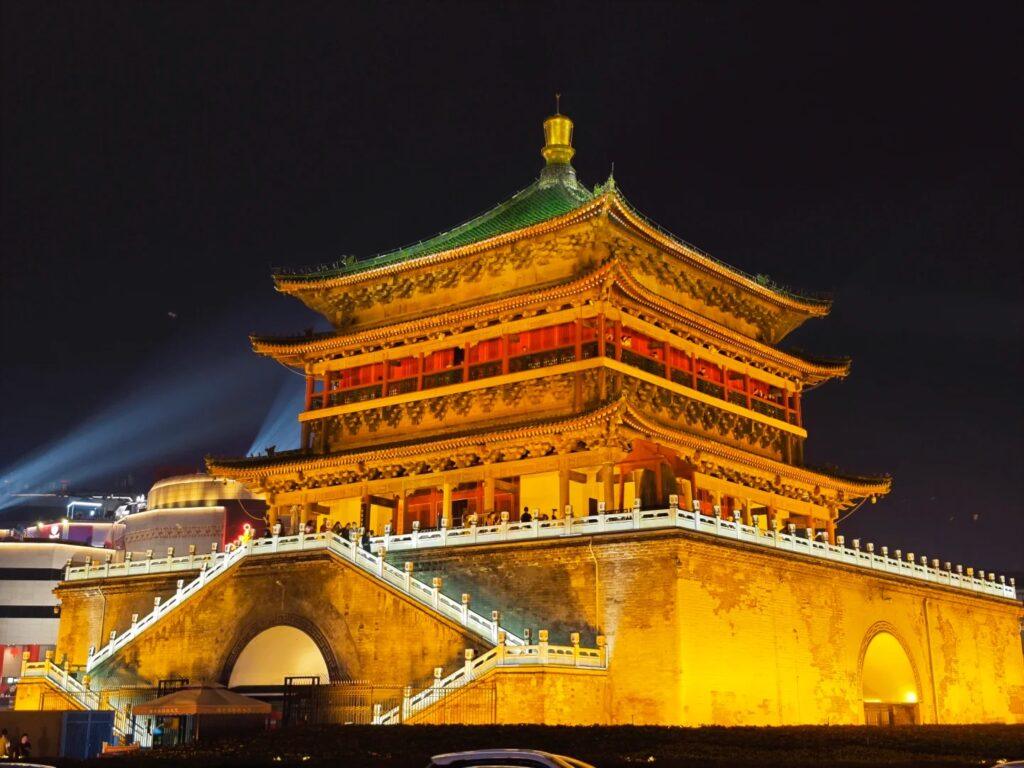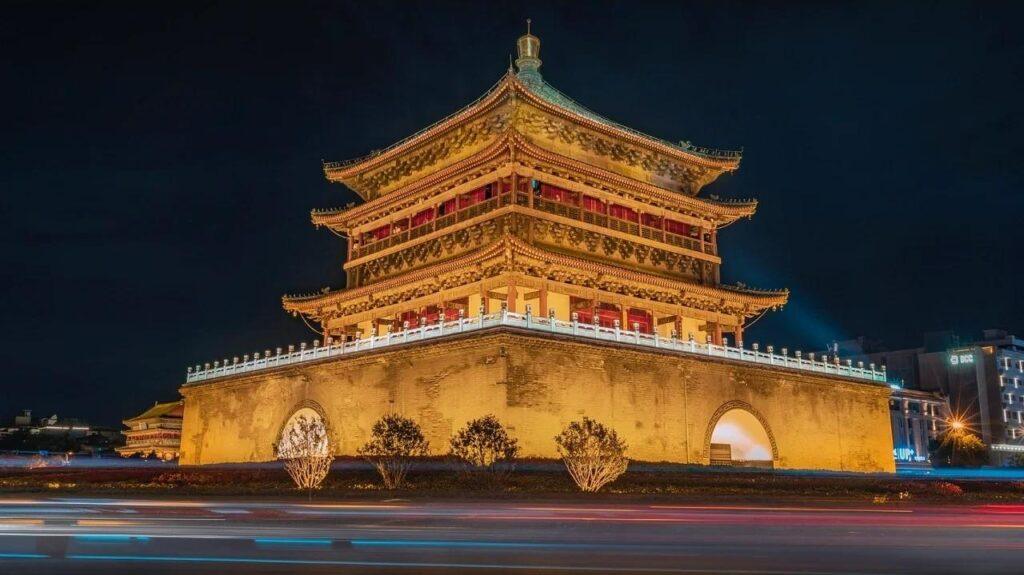Visiting Information
| Information | Details |
|---|---|
| Chinese Name | 陕西历史博物馆 (Shǎnxī Lìshǐ Bówùguǎn) |
| Location and Address | 91 Xiaozhai East Road, Yanta District, Xi’an, Shaanxi Province, China |
| Opening Hours | Tuesday to Sunday: 8:30 AM – 5:30 PM (Last entry at 4:30 PM) Closed on Mondays (except national holidays) |
| Entrance Fee | Free with valid ID (Passport for foreigners) Special exhibitions may require a fee |
| How to Get There | By Metro: Take Line 2 or Line 3 to Xiaozhai Station, Exit D By Bus: Take bus 5, 15, 19, 22, 30, 34, 205, 213, 218, 221, 222, 401, 710 to Cuihua Road stop By Taxi: About 30 minutes from city center, fare around 20-30 CNY |
| Best Time for Visit | Weekday mornings to avoid crowds; Spring and Autumn for pleasant weather |
| Contact Info | Tel: +86 29 85254727 Email: [email protected] |
Overview
The Shaanxi History Museum, located in Xi’an, is one of China’s largest and most important museums. It houses over 370,000 precious relics that span the entirety of Shaanxi’s long and rich history, from prehistory to the Qing Dynasty. The museum provides a comprehensive overview of Chinese civilization, with a particular focus on the significant role Shaanxi province played in ancient Chinese history.
Historical Background
Established in 1983 and opened to the public in 1991, the Shaanxi History Museum was one of the first large-scale modern museums in China. Its creation was part of a national initiative to preserve and showcase China’s rich cultural heritage. The museum’s extensive collection includes many artifacts from Xi’an and its surrounding areas, which served as the capital for 13 dynasties in Chinese history, including the Qin, Han, and Tang dynasties.
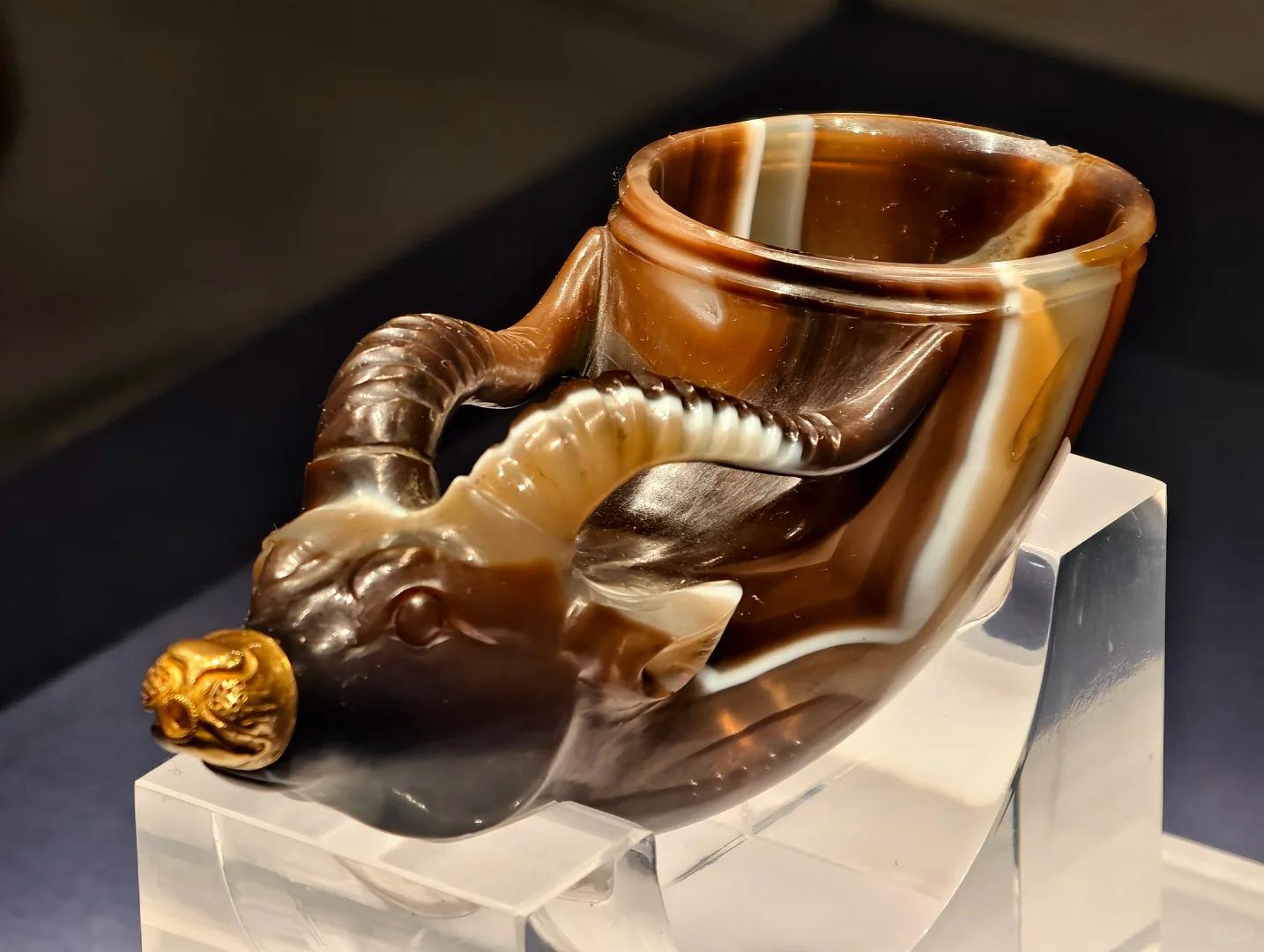
Architectural Features
- Tang Dynasty Style: The museum’s architecture is inspired by the Tang Dynasty style, featuring a grand and symmetrical layout with traditional Chinese roofs and decorative elements. This design choice reflects the historical significance of Xi’an as the capital of the Tang Dynasty.
- Four Main Exhibition Halls: The museum is divided into four main exhibition halls, each dedicated to different periods of Shaanxi’s history. These halls are arranged chronologically, guiding visitors through the progression of Chinese civilization from prehistoric times to the last imperial dynasty.
- Central Courtyard: A spacious central courtyard serves as the heart of the museum complex, providing a tranquil space for visitors to rest and reflect between exhibitions. This feature is typical of traditional Chinese architecture and enhances the overall visitor experience.
- Modern Facilities: Despite its traditional exterior, the museum incorporates modern museum technology and facilities, including climate-controlled exhibition spaces, multimedia presentations, and interactive displays to enhance the educational experience for visitors.
Cultural Importance
The Shaanxi History Museum plays a crucial role in preserving and promoting Chinese cultural heritage. It serves as a window into the rich history of Shaanxi province, which was at the heart of Chinese civilization for much of its history. The museum’s extensive collection, which includes artifacts from the Terracotta Army, Tang Dynasty gold and silver wares, and prehistoric relics, provides invaluable insights into the development of Chinese art, technology, and society over thousands of years.
Surrounding Attractions
- Big Wild Goose Pagoda: Located just a short distance from the museum, this iconic Tang Dynasty pagoda is one of Xi’an’s most famous landmarks. It was built to house Buddhist sutras brought back from India and offers panoramic views of the city from its top.
- Xi’an City Wall: One of the best-preserved city walls in China, the Xi’an City Wall encircles the old city center. Visitors can walk or cycle on top of the wall, enjoying views of both the old and new parts of Xi’an.
- Muslim Quarter: This vibrant neighborhood is known for its rich Islamic culture and delicious street food. It’s a great place to experience local life and try traditional Shaanxi cuisine.
- Small Wild Goose Pagoda: Another important Buddhist site in Xi’an, this pagoda is smaller and older than its more famous counterpart. The surrounding Jianfu Temple complex offers a peaceful retreat from the busy city.
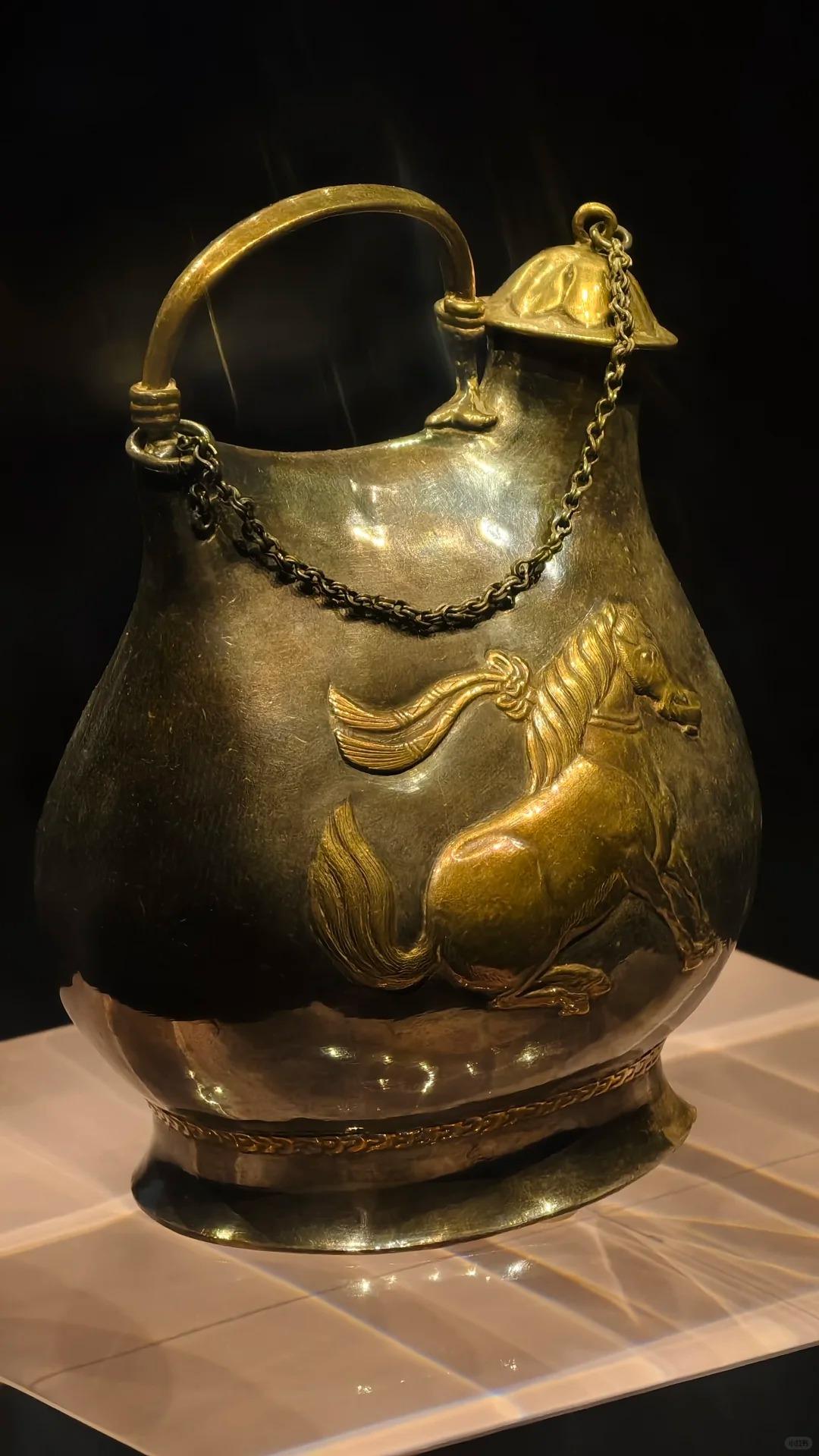
Photography Opportunities
- Exterior Architecture: The museum’s Tang Dynasty-inspired architecture provides excellent opportunities for architectural photography, especially during golden hour when the light enhances the traditional Chinese design elements.
- Exhibition Halls: While photography is restricted in some areas to protect sensitive artifacts, many exhibition halls allow photography without flash. The carefully curated displays of ancient artifacts offer unique subjects for detail and still life photography.
- Central Courtyard: The spacious courtyard, with its traditional landscaping and architectural features, provides a picturesque setting for both wide-angle shots and portraits.
- Special Exhibitions: Temporary exhibitions often feature impressive displays and dioramas that can make for striking photographs, showcasing the richness of Chinese history and culture.
Modern Importance
- Educational Resource: The Shaanxi History Museum serves as a vital educational resource for students, researchers, and the general public, offering insights into Chinese history and culture through its vast collection and informative displays.
- Cultural Preservation: By housing and preserving thousands of precious artifacts, the museum plays a crucial role in protecting China’s cultural heritage for future generations.
- Tourism Hub: As one of Xi’an’s top attractions, the museum contributes significantly to the city’s tourism industry, drawing visitors from around the world and boosting the local economy.
- Research Center: The museum functions as an important center for archaeological research and historical studies, contributing to ongoing discoveries and interpretations of Chinese history.

FAQ
- What is the Shaanxi History Museum famous for?
The Shaanxi History Museum is famous for its extensive collection of artifacts spanning Chinese history, particularly items from the Tang Dynasty and earlier periods. It’s known for housing relics from the Terracotta Army and other important archaeological sites in Shaanxi province. - What’s inside the Shaanxi History Museum?
Inside the Shaanxi History Museum, visitors can find a vast collection of over 370,000 artifacts including bronze wares, pottery figurines, gold and silver objects, ancient coins, and various artworks from different dynasties. The museum features four main exhibition halls covering prehistoric times to the Qing Dynasty. - Is the Shaanxi History Museum free?
Yes, the Shaanxi History Museum is free to enter with a valid ID (passport for foreigners). However, some special exhibitions may require a separate fee. - Is the Shaanxi History Museum worth visiting?
Yes, the Shaanxi History Museum is definitely worth visiting. It offers a comprehensive overview of Chinese history and culture, with many rare and valuable artifacts. It’s considered one of the best museums in China and is a must-see for anyone interested in Chinese history. - What to do in the Shaanxi History Museum?
In the Shaanxi History Museum, you can explore the four main exhibition halls, view precious artifacts from various dynasties, learn about Chinese history through interactive displays, enjoy the Tang Dynasty-style architecture, and potentially see special temporary exhibitions. - How do I get to the Shaanxi History Museum in the local city?
In Xi’an, you can reach the Shaanxi History Museum by taking Metro Line 2 or 3 to Xiaozhai Station and using Exit D. Alternatively, you can take buses 5, 15, 19, 22, 30, 34, 205, 213, 218, 221, 222, 401, or 710 to the Cuihua Road stop. - How to visit the Shaanxi History Museum?
To visit the Shaanxi History Museum, plan to arrive early as there’s often a queue for free tickets. Bring a valid ID for entry. Allow at least 2-3 hours for your visit. Consider hiring an audio guide or joining a guided tour for more in-depth information about the exhibits.


